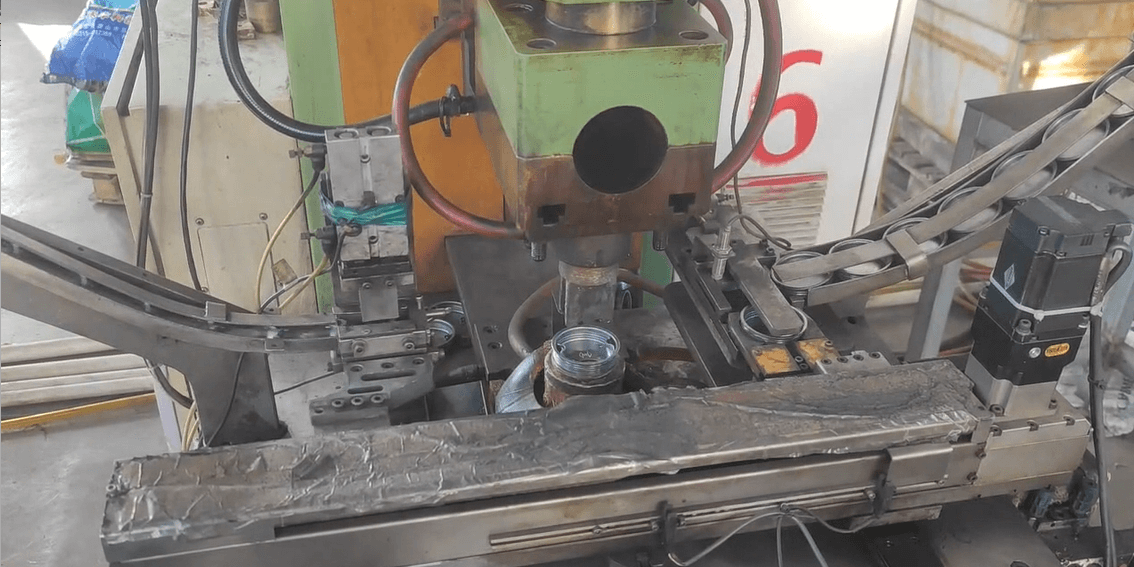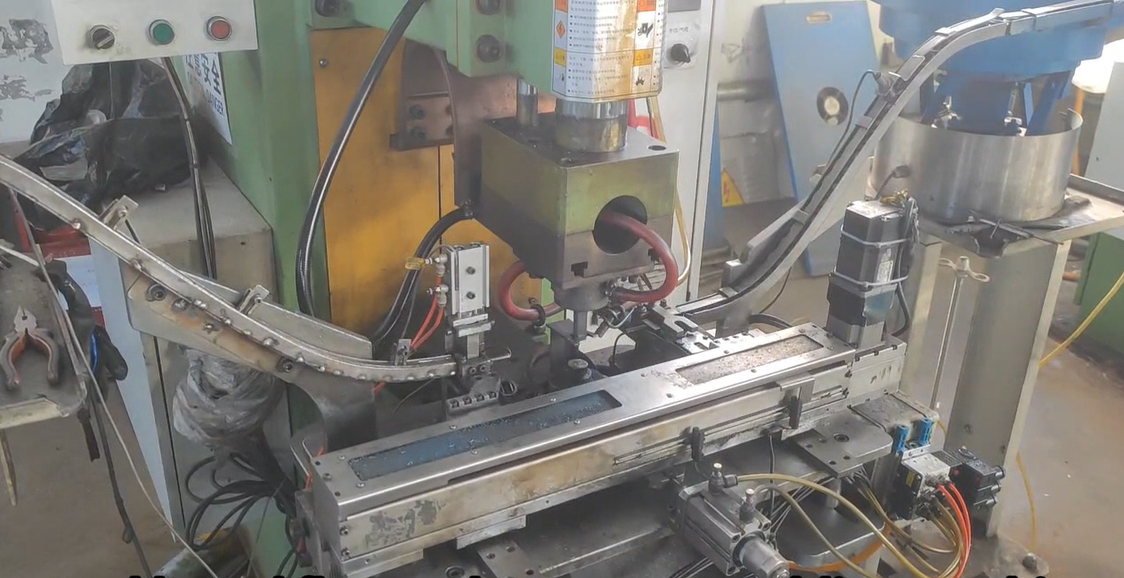Welding flange covers onto oil barrels is a critical process in ensuring the integrity and safety of the barrels used for transporting and storing oil and other hazardous materials. This article outlines the standard production techniques, necessary equipment, and safety measures involved in the welding process of oil barrel flange covers.

Materials and Preparation
Materials:
- Oil Barrel: Typically made from carbon steel or stainless steel.
- Flange Cover: Also made from compatible materials like carbon steel or stainless steel.
- Welding Rods/Wire: Chosen based on the material of the barrel and flange.
Preparation:
- Cleaning: Both the barrel and the flange cover must be thoroughly cleaned to remove any dirt, oil, or rust. This is usually done using a combination of degreasing agents, wire brushes, and grinding tools.
- Alignment: The flange cover must be precisely aligned with the opening of the oil barrel to ensure a proper fit. This is often achieved using clamps and alignment tools.
Welding Techniques
Common Welding Methods:
- MIG Welding (Metal Inert Gas): Preferred for its ease of use and clean welds. It provides a strong and consistent weld that is ideal for high-volume production.
- TIG Welding (Tungsten Inert Gas): Used when higher precision and cleaner welds are required. It is suitable for thinner materials and stainless steel.
- Stick Welding (Shielded Metal Arc Welding): Often used for thicker materials and in outdoor conditions due to its portability and ease of use.
Welding Procedure:
- Tack Welding: The flange cover is initially tack-welded at several points to hold it in place. This ensures that the alignment is maintained throughout the welding process.
- Continuous Welding: After tack welding, a continuous weld is made around the circumference of the flange cover. This can be done in a single pass or multiple passes, depending on the thickness of the materials.
- Weld Inspection: The weld is inspected for defects such as cracks, porosity, or incomplete fusion. This can be done visually and through non-destructive testing methods like ultrasonic testing or X-ray inspection.
Equipment
- Welding Machine: Depending on the chosen welding method (MIG, TIG, or Stick), the appropriate welding machine is selected.
- Protective Gear: Welders must wear protective gear including helmets, gloves, aprons, and safety glasses to protect against sparks, UV radiation, and heat.
- Ventilation System: Adequate ventilation is necessary to remove welding fumes and maintain air quality in the workspace.
Safety Measures
- Personal Protective Equipment (PPE): Ensuring all personnel involved in the welding process wear the appropriate PPE.
- Fire Safety: Welding areas should be free from flammable materials, and fire extinguishers should be readily available.
- Training: Welders should be properly trained in both the technical and safety aspects of the welding process.
- Health Monitoring: Regular health check-ups for welders to monitor exposure to hazardous fumes and ensure long-term health.
Quality Control
- Dimensional Inspection: Ensuring the flange cover is correctly aligned and properly welded to meet dimensional specifications.
- Pressure Testing: The welded barrels are often subjected to pressure tests to ensure there are no leaks.
- Surface Treatment: Post-weld treatments such as grinding, polishing, and painting may be required to enhance the durability and appearance of the weld.
Conclusion
The welding of flange covers onto oil barrels is a precise and critical process that involves careful preparation, skilled welding techniques, and stringent safety and quality control measures. By adhering to these procedures, manufacturers can ensure the production of reliable and safe oil barrels that meet industry standards.
